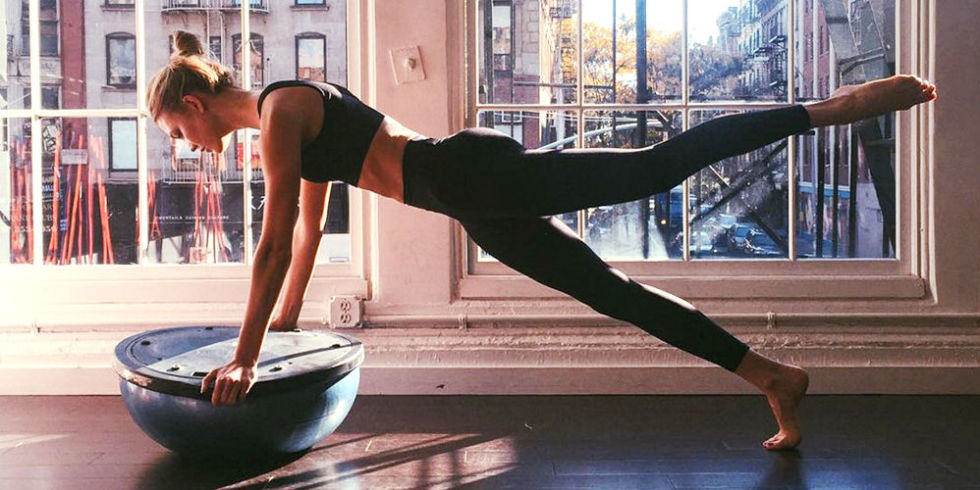Often confused and inter-twined between the two, many people consider yoga and pilates to be essentially the same thing. Despite its common similarities, there are a few differences that will either surprise you and perhaps help you perform each exercise with increased knowledge and distinction between the two. So lets have a closer look at yoga vs pilates.
1. Origin
The practice of yoga originated all the way back 5000 years ago in India, which has transcended throughout the course of centuries and evolving cultures. From Ashtanga (which is a modern style of gymnastic exercises) to Bikran yoga (another style of hot yoga), the practice of yoga stems all the way back from the rituals of both Hindu and Buddhist traditions, giving it a greater sense of religious significance in both cultures.
On the other hand, pilates has become more of a modern practice, which was developed in the early 20th century by Joseph Hubertus Pilates. Once suffering from forms of asthma, rickets and rheumatic fever in his early years, Joseph Pilates revolutionized the definition of exercise, creating pilates as a form of rehabilitation and strengthening originally for himself. Since then, pilates as an exercise was accompanied by various equipment, which were used to help alleviate the process of stretching, strengthening, body alignment and increased core strength.
2. Mind, body, spirit
On top of mind and body, yoga adds an element of ‘spirit’, allowing individuals the ability to achieve their own inner peace. This extends towards individuals being more spiritually aligned with both their inner and outer world, essentially enriching one’s quality of life.
However, the main difference lies between the aspect of ‘spirituality’, with pilates centred towards the connection between mind and body. The principles of pilates follow the categories of breath, concentration, control, precision and flow, which solely focus on finding the balance between achieving a greater sense of both mental and physical health.
3. Class format
In a typical yoga class, you’ll find that the form of style is more flexible in terms of routine. And that’s the beauty of it. You don’t know what to expect. With most classes focusing on creating the feeling of lightness, ease and relaxation, there are a variety of postures, sequences and variations that can be combined into thousands of routines to create a class.
However, if you’re more of a structured person that prefers a systematic flow, then pilates is likely to be your forte. In terms of integrating multiple apparatuses throughout each workout, pilates classes are more result-oriented than yoga, facilitating towards greater levels of awareness and fitness within each session
4. Workout
Unlike pilates, the aim of yoga focuses on accompanying every muscle in the body equally. By this, it is designed to put pressure on the glandular systems of the body, essentially benefiting areas of the cardiovascular system, digestive and nervous system. So if you’re someone that needs to break free from the stresses of everyday life, than yoga should be the exercise for you.
In contrast, pilates offers a more intensive body workout that focuses on aligning the spinal areas of the body and strengthening of the core. This includes controlling the core postural muscles, which inevitably assist with rehabilitation purposes and injury recovery. So whether you’re aiming to stay in shape or focusing on maintaining peace in your life, it’s important to know what you’re getting yourself into. If you’re in the in-between category and unsure of what to choose, then why not try both? That’s the only way for you to know which exercise aligns to your motives in life. Either way, keep a healthy diet, improve your sleep and improve in any sport. No matter whether you are a beginner or on the move. Namaste.









